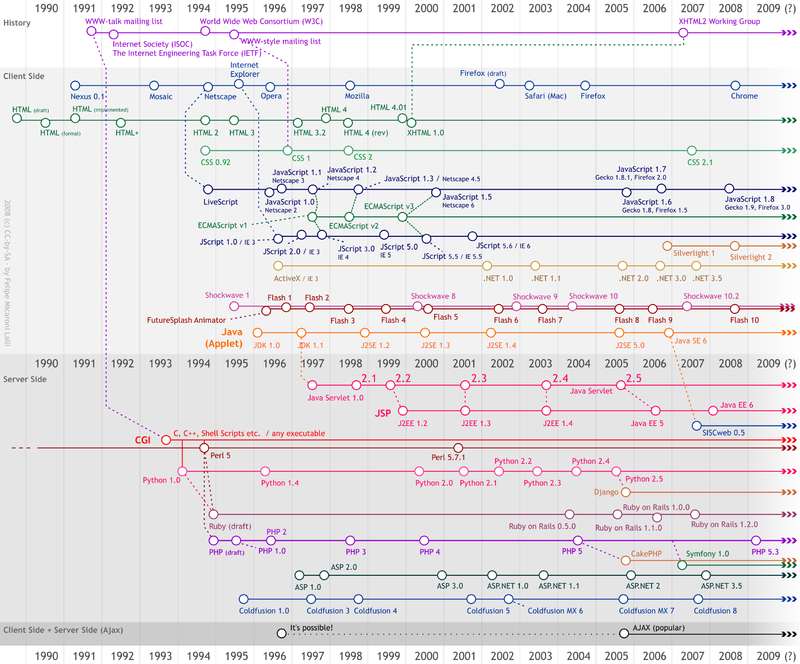Advance CSS
- CSS Grid Layout
- Responsive Web Design
- CSS Preprocessors
- CSS Custom Properties (Variables)
- Animations and Transitions
- Advanced Selectors and Pseudo-classes
- CSS Architecture and Methodologies
- CSS Transforms and 3D Effects
- CSS Filters and Blend Modes
- Web Fonts and Icon Fonts
- Accessibility and Inclusive Design
CSS Flexbox
Mastering Flexbox Properties

Development of a website for the Internet.
Flexbox, or the Flexible Box Layout, is a powerful tool in CSS that allows for advanced layout alignment and distribution of space among items in a container. This article will delve into the various properties associated with Flexbox, providing a comprehensive understanding of their usage and effects.
Flex Container Properties
When you declare display: flex or display: inline-flex on an element, it becomes a flex container, and its children become flex items. The flex container properties control the layout of these flex items.
flex-direction
The flex-direction property determines the main axis, defining the direction in which the flex items are placed in the flex container. It accepts four values:
row: This is the default value. Flex items are laid out along the horizontal direction, from left to right.row-reverse: Flex items are laid out from right to left.column: Flex items are laid out vertically, from top to bottom.column-reverse: Flex items are laid out from bottom to top.
flex-wrap
The flex-wrap property controls whether the flex items are forced onto one line or can wrap onto multiple lines. It accepts three values:
nowrap: This is the default value. All flex items will be on one line.wrap: Flex items will wrap onto multiple lines, from top to bottom.wrap-reverse: Flex items will wrap onto multiple lines, from bottom to top.
flex-flow
The flex-flow property is a shorthand for flex-direction and flex-wrap. The default value is row nowrap.
justify-content
The justify-content property aligns flex items along the main axis. It accepts six values:
flex-start: Items are packed toward the start of the line.flex-end: Items are packed toward the end of the line.center: Items are centered along the line.space-between: Items are evenly distributed in the line; first item is on the start line, last item on the end line.space-around: Items are evenly distributed in the line with equal space around them.space-evenly: Items are distributed so that the spacing between any two items (and the space to the edges) is equal.
align-items
The align-items property defines the default behavior for how flex items are laid out along the cross axis. It accepts five values:
flex-start: Items are aligned to the start of the flex container.flex-end: Items are aligned to the end of the flex container.center: Items are centered in the flex container.baseline: Items are aligned such as their baselines align.stretch: Stretch to fill the container (still respect min-width/max-width).
align-content
The align-content property aligns a flex container's lines within the flex container when there is extra space in the cross-axis. It accepts six values similar to justify-content.
Flex Items Properties
Flex items have their own set of properties that control their size and order within the flex container.
order
The order property controls the order in which flex items appear within the flex container. By default, all flex items have an order of 0.
flex-grow and flex-shrink
The flex-grow property defines the ability for a flex item to grow if necessary. Similarly, flex-shrink defines the ability for a flex item to shrink if necessary. Both properties accept a unitless value that serves as a proportion.
flex-basis
The flex-basis property defines the initial main size of a flex item. It accepts any length unit or a keyword.
flex
The flex property is a shorthand for flex-grow, flex-shrink, and flex-basis.
align-self
The align-self property allows the default alignment (or the one specified by align-items) to be overridden for individual flex items.
By understanding and mastering these properties, you can create complex layouts with ease using Flexbox.